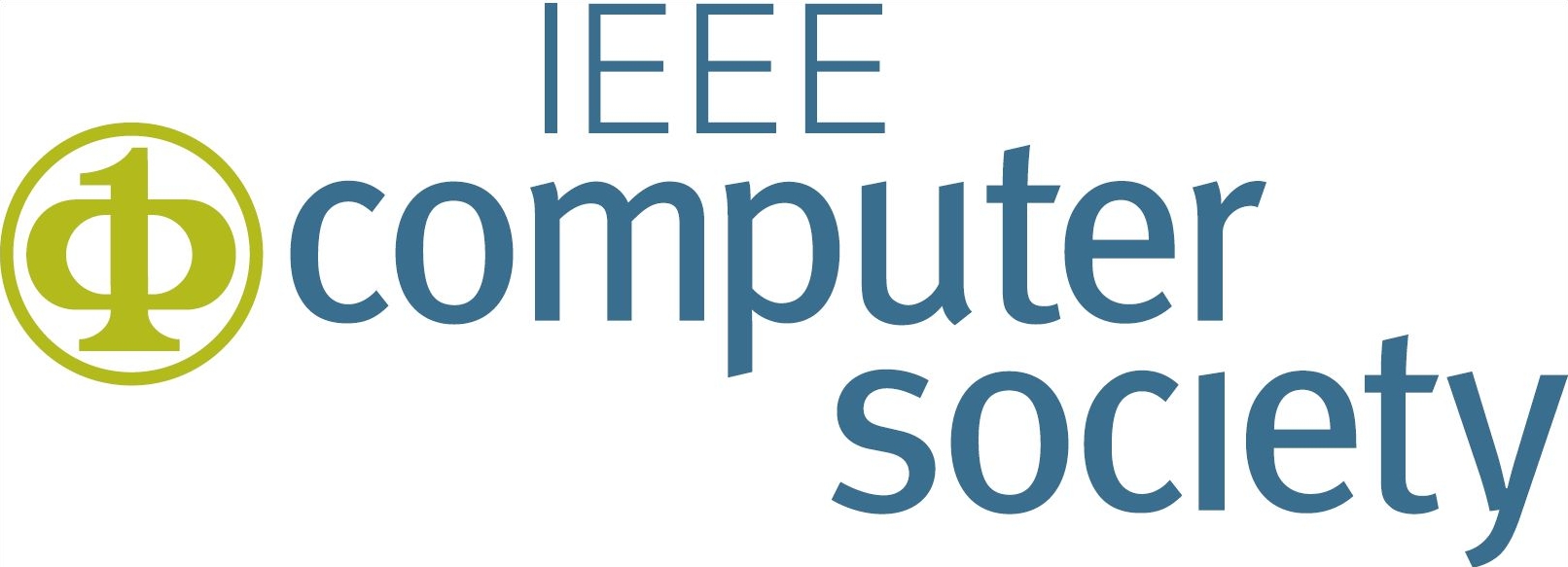





Rethinking Redirected Walking: On the Use of Curvature Gains Beyond Perceptual Limitations and Revisiting Bending Gains
Michael Rietzler, Jan Gugenheimer, Teresa Hirzle, Martin Deubzer, Eike Langbehn, and Enrico Rukzio.
Rethinking redirected walking: on the use of curvature gains beyond perceptual limitations and revisiting bending gains.
In Proceedings of the IEEE International Symposium for Mixed and Augmented Reality 2018 (To appear). 2018.
[BibTeX▼]
Abstract
Redirected walking (RDW) allows virtual reality (VR) users to walk infinitely while staying inside a finite physical space through subtle shifts (gains) of the scene to redirect them back inside the volume. All prior approaches measure the feasibility of RDW techniques based on if the user perceives the manipulation, leading to rather small applicable gains. However, we treat RDW as an interaction technique and therefore use visually perceivable gains instead of using the perception of manipulation. We revisited prior experiments with focus on applied gains and additionally tested higher gains on the basis of applicability in a user study. We found that users accept curvature gains up to 20$^\circ$/m, which reduces the necessary physical volume down to approximately 6x6m for virtually walking infinitely straight ahead. Our findings strife to rethink the usage of redirection from being unperceived to being applicable and natural.

















